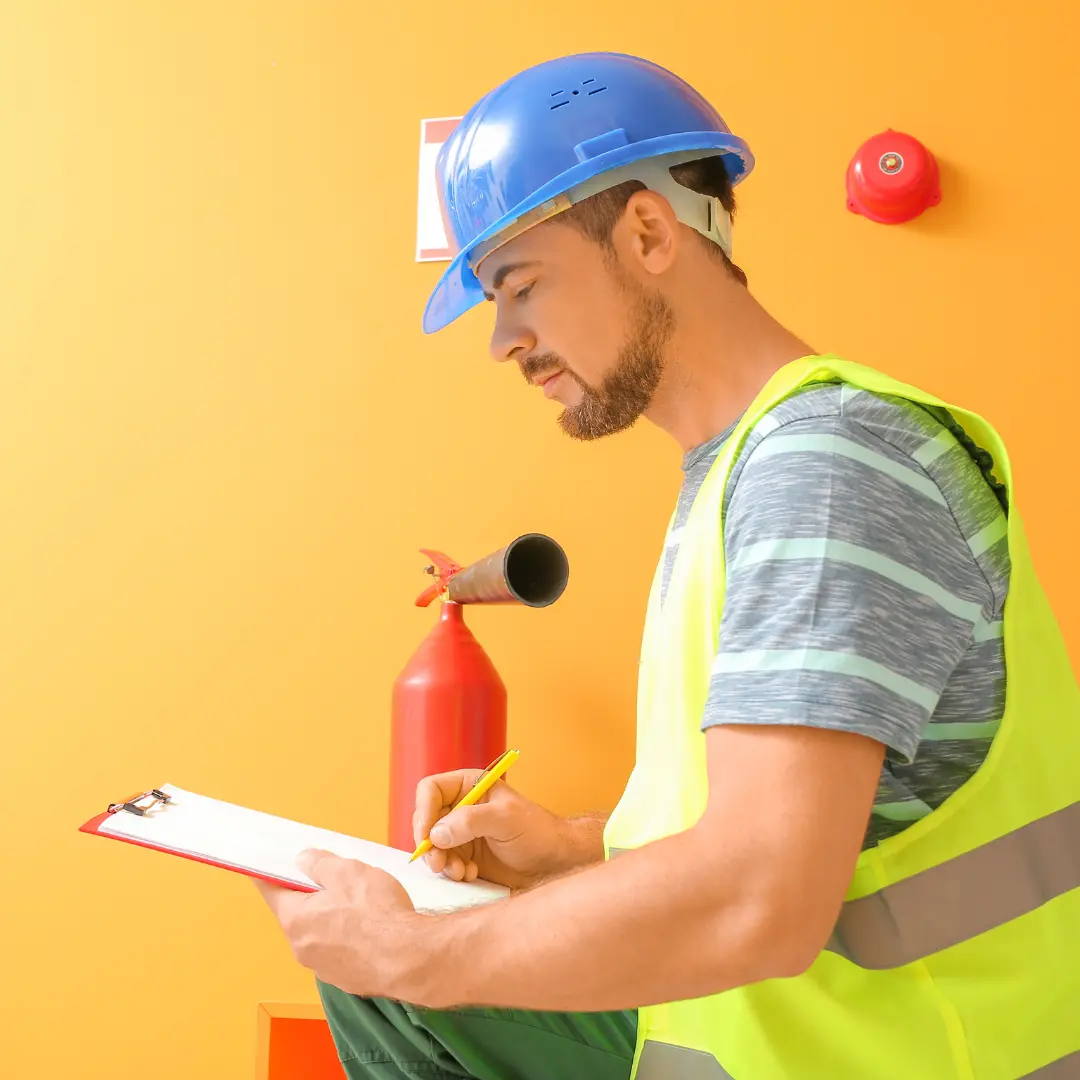This guide aims to provide insights into conducting effective fire risk assessments in diverse settings, emphasising prevention, preparedness, and mitigation strategies tailored to the UK audience.
Understanding Fire Risk Assessment: Fire risk assessment involves evaluating potential fire hazards and identifying measures to control or eliminate these risks. It encompasses assessing the likelihood of a fire occurring and its potential consequences, including harm to people, property, and the environment. A systematic approach is crucial, considering various factors such as building design, occupancy, ignition sources, fuel sources, and emergency response capabilities.
Key Elements of Fire Risk Assessment:
Identification of Fire Hazards:
- Recognising potential ignition sources such as electrical equipment, heating systems, cooking appliances, and combustible materials.
- Identifying fuel sources including flammable liquids, gases, solids, and waste materials.
Assessment of Fire Probability:
- Evaluating the likelihood of ignition based on the frequency of use, maintenance practices, and presence of ignition sources.
- Considering external factors like climate, nearby activities, and historical fire incidents.
Evaluation of Consequences:
- Assessing potential consequences such as injuries, fatalities, property damage, business interruption, and environmental impacts.
- Considering the vulnerability of occupants, including individuals with mobility impairments or special needs.
Fire Protection Measures:
- Implementing preventive measures like fire-resistant building materials, fire detection and alarm systems, sprinkler systems, and proper storage of hazardous materials.
- Establishing emergency response procedures, including evacuation plans, fire drills, training programmes, and coordination with emergency services.
Risk Mitigation Strategies:
- Prioritising risks based on severity and likelihood to focus resources effectively.
- Implementing control measures such as fireproof barriers, compartmentalisation, ventilation systems, and access restrictions.




